The term ‘Friday Night Lights’ doesn’t only apply to one sport or day of the week. Sports teams of all types and ages are playing after dark with increasing frequency. The reason for the increase in nighttime sports is due to improvements in lighting technology that ensure players and spectators have a clear view of the field.
To ensure the playing field and stands have proper illumination, stadium lights are commonly used. Stadium lights are usually tall fixtures using bulbs with small angle lights. The small angles allow the light beam to remain bright and strong when it reaches the field. While most stadium light fixtures measure between 40 to 60 feet, some can be shorter and others up to 100 feet.
Stadium lighting is making the switch to LED or next gen LED and for a few good reasons. LEDs are easy to control, energy-efficient, and produce dynamic lighting that even looks great on TV.
Stadium Lighting Retrofit Design Guidelines
When you are getting ready for an LED stadium lighting retrofit, here are a few things you should know.
Lighting Placement
Placing stadium lighting requires some creativity. The lighting serves a few purposes including improving visibility on the field and in the stands. Lighting can also help fans bond over their favorite teams. When it comes to placing the lighting, you have multiple options.
The lighting can be installed around the rim of the stadium’s roof or on towers. Some stadiums have lighting at mid-way points. You also want to consider the mounting position, the light’s focal point, the array, and more.
Height
The height of the stadium’s lighting varies. A good rule to follow is to use 1 to 12 fixtures on poles measuring between 40 to 100 feet tall. 500-watt lights work best on 40-foot poles and you probably want to increase the wattage to 1,000 to 1,200 for poles 60 feet and higher.
The beam’s angle will also vary depending on the pole’s height. For example, a 30-degree beam angle is best for a 40-foot pole.
Knowing which LEDs to purchase when the main consideration is beam angle, can get complicated. For a better understanding of what to look for and what fixtures will offer the best illumination, read our blog LED Beam Angles – A Purchasing Guide.
Glare and Flicker
Minimizing glare is an essential part of any stadium lighting design. Glare is caused by an incorrect lighting level that makes it difficult for players and fans to see the field. Shields and optic lenses can help prevent issues with glare. You also need an adequate understanding of lighting angles and intensity.
Flickering occurs when a shift occurs in the light’s brightness level. A common cause is a fluctuation in the voltage power supply. Thankfully, reducing glare in LED stadium lighting is relatively simple. Some ways to avoid the issue include,
- Using the right driver
- Ensuring a steady power supply as well as a stable connection.
- Purchasing LEDs from credible manufacturers.
CCT and CRI
CCT is the acronym for correlated color temperature. Measured in Kelvin (K), it refers to how cool or warm a light appears. Cool light has a slightly bluish tint while warm light is more yellow. Stadium lighting is commonly white but you can change the CCT to meet the arena’s unique specifications.
CRI is the light’s color rendering index or light quality. The CRI is noted using a score of 0-100. Higher CRI scores indicated better light quality. Most stadium lighting has a CRI of 75 or higher.
Watts and Lumens
Watts and lumens go hand-in-hand. Watts refers to how much electricity the LED uses while lumens references the bulb’s brightness. While you don’t want to reduce lumen ratings, the higher the number the more electricity the bulb uses.
What to Look for in Stadium Lighting
There is no shortage of options when you are looking at LED stadium lighting. Here are a few aspects you should consider before starting your stadium lighting retrofit.
Brightness
Having adequate brightness without glare is a primary reason stadiums are transitioning to LED lighting. Most LED fixtures start with a brightness level of 60,000 lumens.
Optics Design
When you are considering optics design, a high-end lens is crucial. You get narrow optics that prevent glare while also illuminating the ground from fixtures mounted on tall poles.
Durability
The best stadium lights are durable. They have protection against power (voltage) surges, lighting, and wind. One aspect you do not want to overlook is surge protection. This way, regardless of the amount of electricity flowing from the grid the lighting level remains consistent.
Maintenance
Maintaining lights on poles measuring anywhere from 40 to 100 feet is a difficult task for stadium employees. LED lights have a long lifespan, reducing the number of times you need to replace the bulbs. Add in their durability, and you may go all season without needing to maintain the stadium lights.
When an LED does develop a problem, it is often due to a faulty driver. Investing in high-quality drivers can help prevent this issue from occurring.
Reduced Glare
To reduce glare, look for LED bulbs with a CRI rating above 70. This helps ensure colors remain accurate live on the field and on TV.
Easy Installation
Led stadium lighting is designed for easy installation, saving both time and money.
Additional Features
Considering choosing LED products compatible with wireless controls. The controls allow you to adjust brightness levels and change the color intensity. Wireless controls can also increase the bulb’s lifespan and reduce overall energy consumption.
Contact Us About Your LED Stadium Lighting Retrofit
Action Services Group can help you plan and execute your LED stadium lighting retrofit. From locating the right products to the final installation, we can help you every step of the way.
If you are considering an LED retrofit for your stadium, let the experts with Action Services Group help. Call 610-558-9773, email [email protected] or schedule a call to discuss your Turn-Key LED Retrofit options.

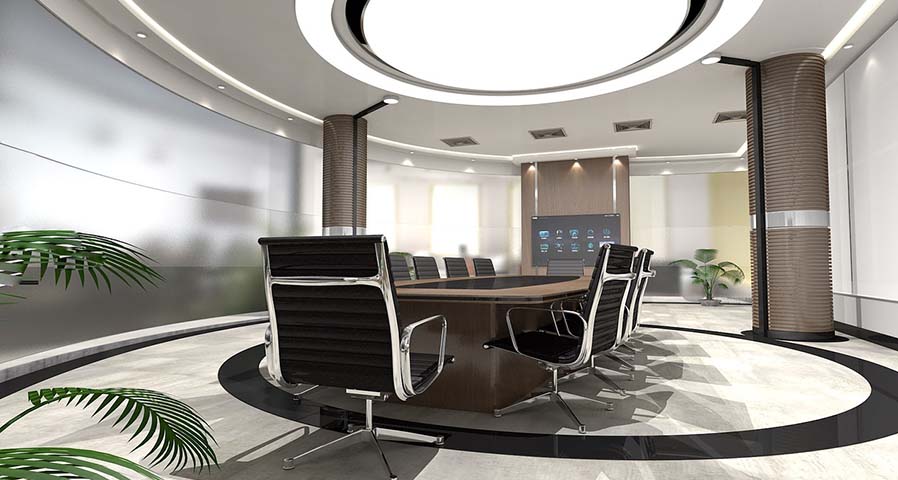

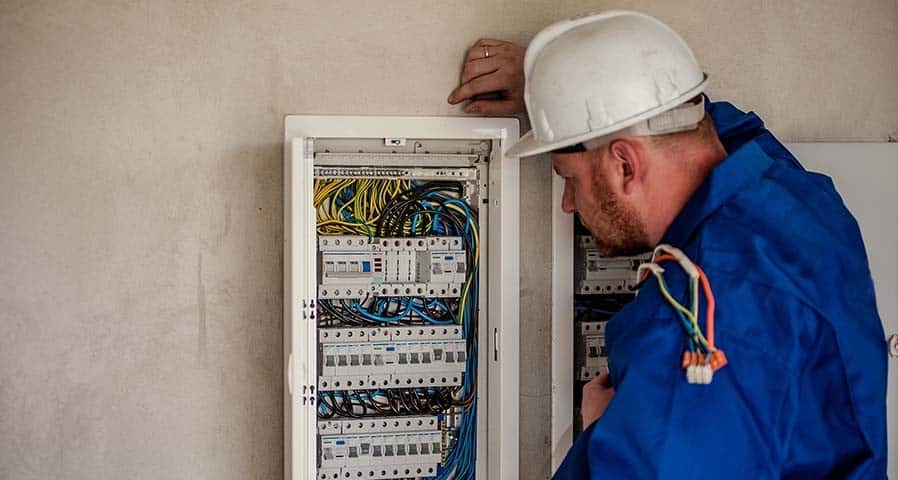
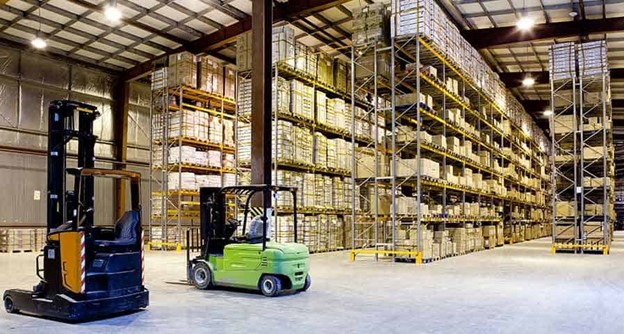
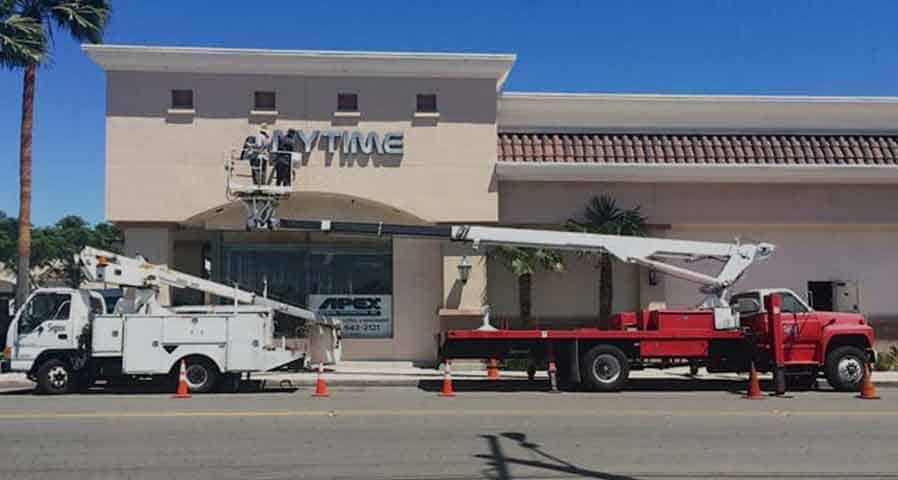

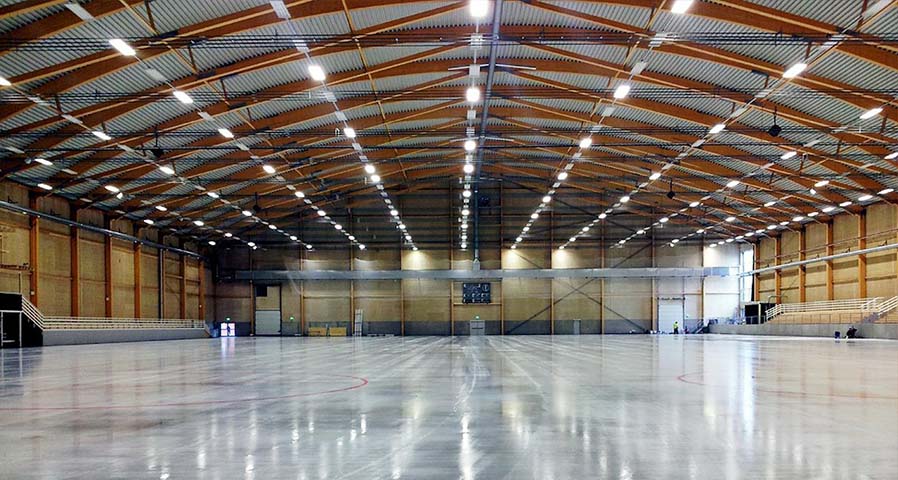
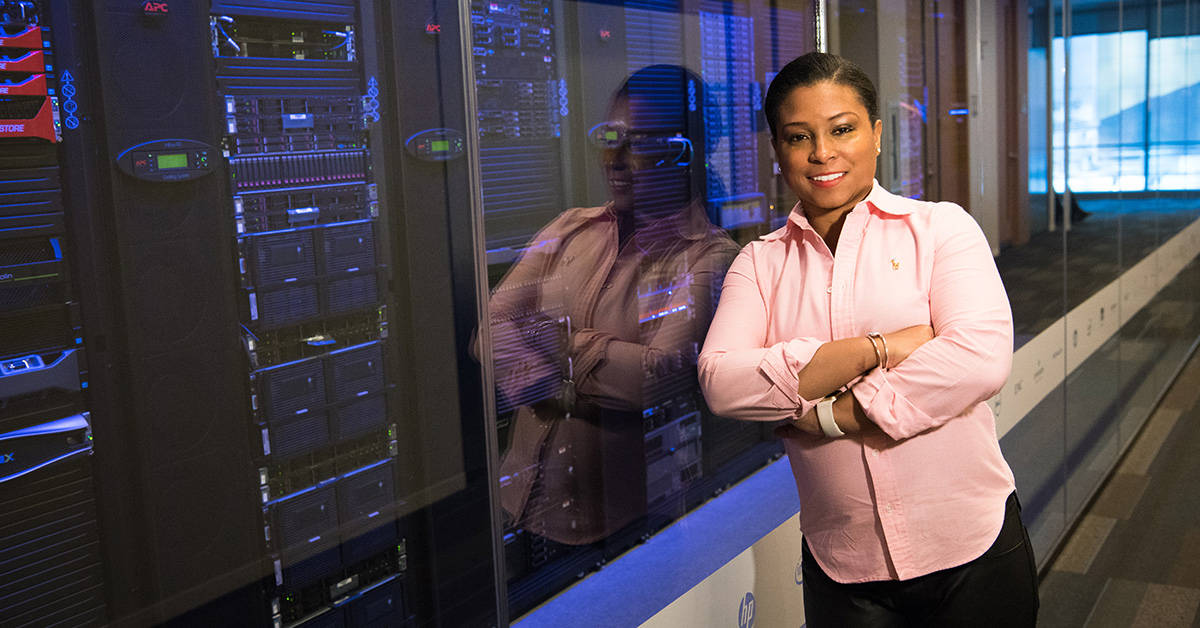







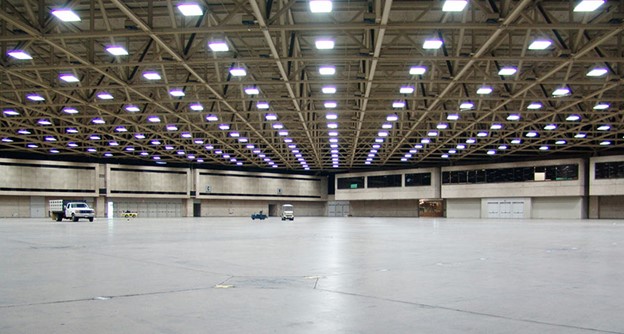
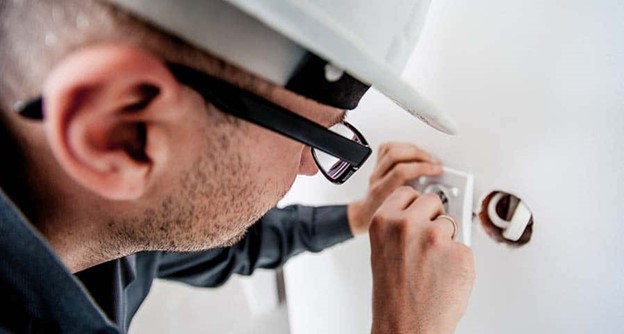
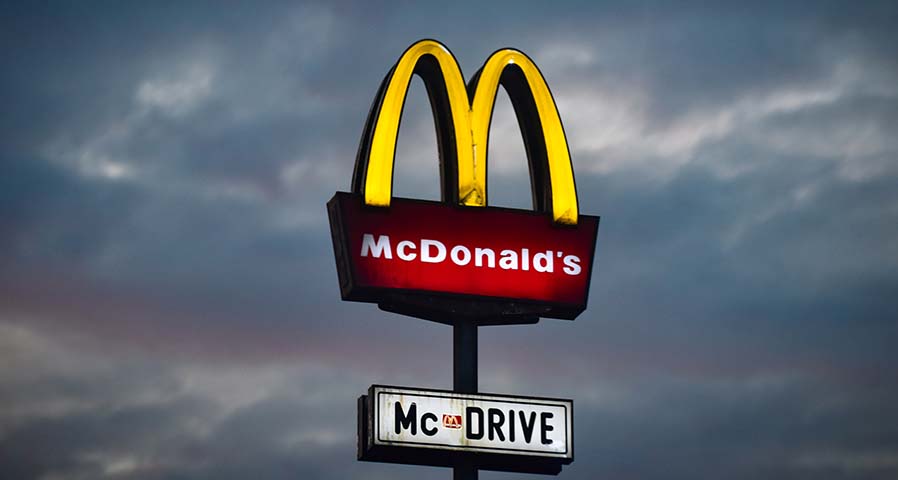
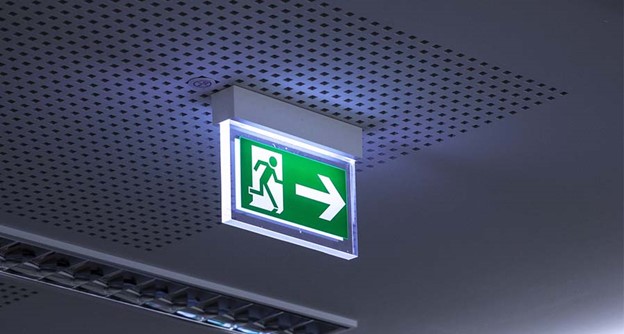
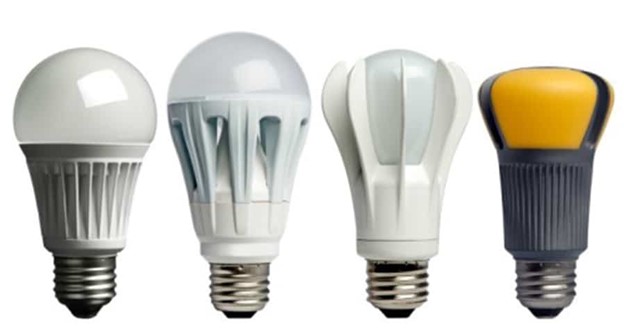
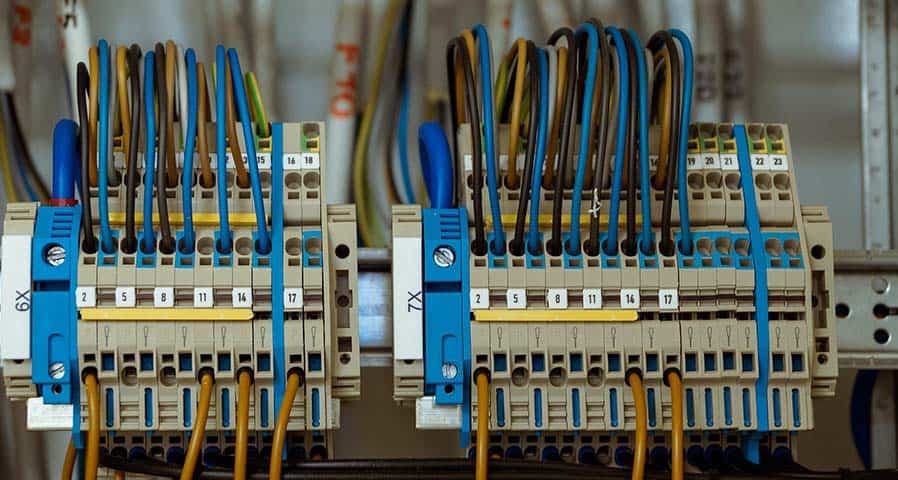
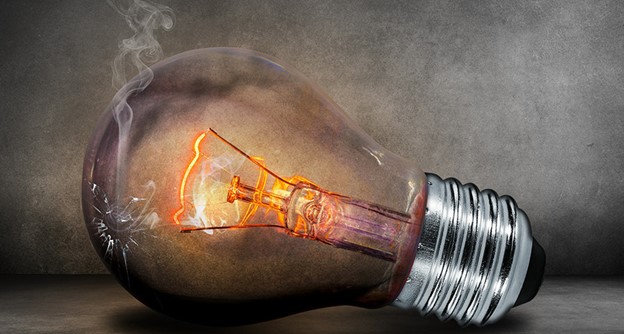


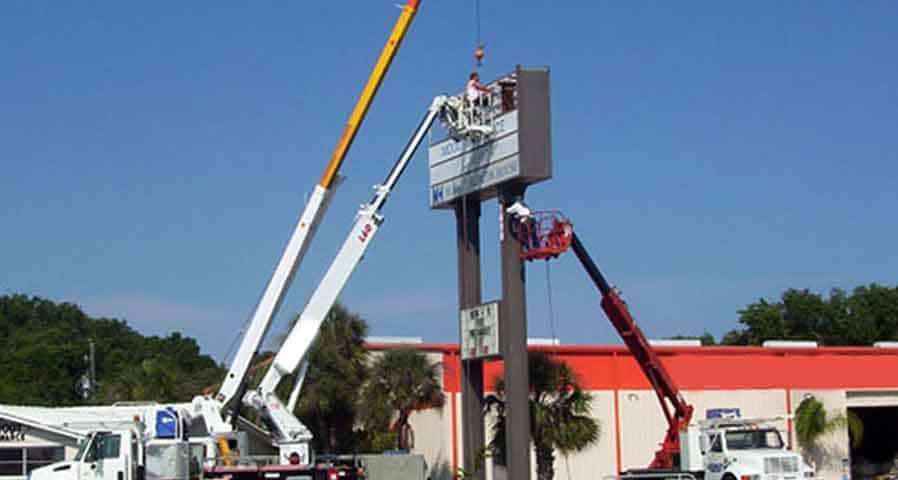

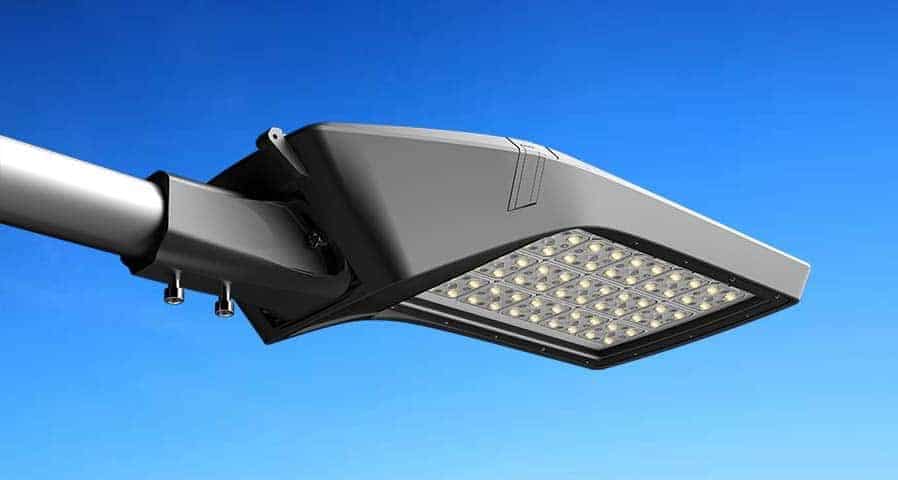
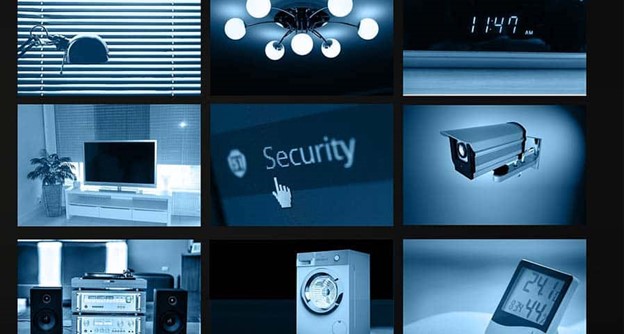
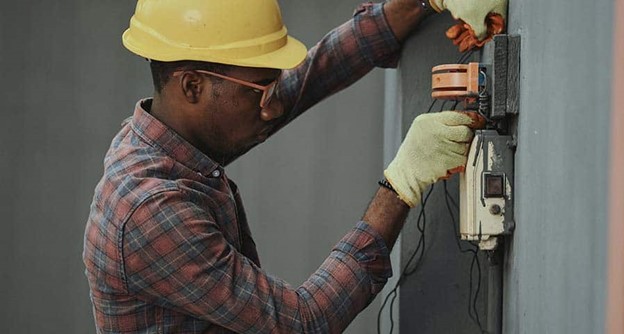
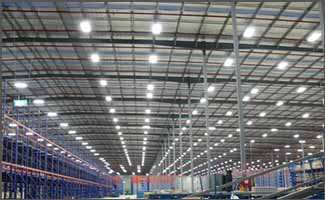
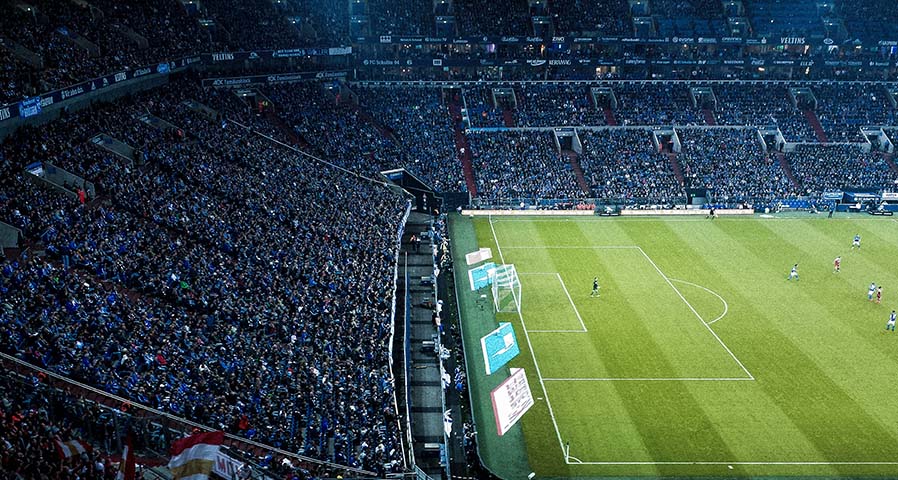




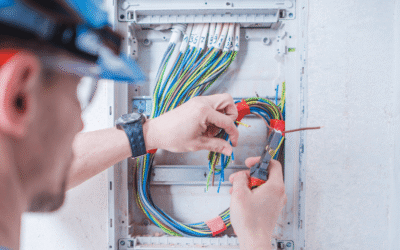





0 Comments